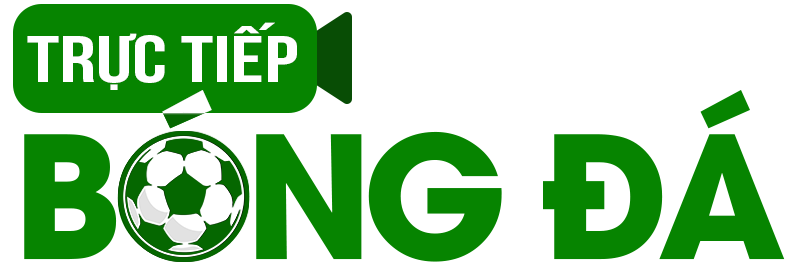A cerebral aneurysm is a sac- or balloon-like area of weakness in one of the blood vessels in the brain, and when they rupture, bleeding occurs that can lead to severe headache, unconsciousness and even death. We call this kind of bleed a subarachnoid bleed or hemorrhage, because of the specific location and distribution of the blood. The brain sits inside the skull vault and is surrounded by layers of “skins”, linings that give extra protection, help with blood supply and -drainage, and so forth. Here’s a schematic :
As you can see, the arachnoid space contains major blood vessels, hence the term subarachnoid hemorrhage. Such a bleed looks like this on a CT scan :
The lighter parts within the grey of the brain are areas where subarachnoid bleeding has occurred.
Now, these bleeds are not your typical stroke. They often affect young people, and can be associated with certain activities and behaviours. Most of these aneurysms occur sporadic (which means that the’re just there, bad luck), few can form after head trauma or infection. The risk of rupture is estimated to be 1-2% per year, but 50-80% actually never rupture. There is a genetic component, and an association with certain connective tissue diseases such as Marfan’s syndrome, and also polycystic kidney disease.
The overall prevalence of cerebral aneurysms, based on autopsy data, is estimated to be around 2%, with regional and gender differences.
Most aneurysms occur in the so-called anterior circulation, and only 10% in the posterior circulation (basilar and vertebral arteries). Here’s a picture showing the arteries of the brain in an overview :
Now a new study from researchers in the Netherlands has looked at factors that trigger, or contribute to, the bursting of cerebral aneurysms. We knew already that about 3-4% of all subarachnoid hemorrhages occur during sexual intercourse, but this study has identified a few other risk factors :
Results—Eight triggers increased the risk for subarachnoid hemorrhage: coffee consumption (RR, 1.7; 95% CI, 1.2–2.4), cola consumption (RR, 3.4; 95% CI,1.5–7.9), anger (RR, 6.3; 95% CI, 4.6–25), startling (RR, 23.3; 95% CI, 4.2–128), straining for defecation (RR, 7.3; 95% CI, 2.9–19), sexual intercourse (RR, 11.2; 95% CI, 5.3–24), nose blowing (RR, 2.4; 95% CI, 1.3–4.5), and vigorous physical exercise (RR, 2.4; 95% CI, 1.2–4.2). The highest population-attributable risks were found for coffee consumption (10.6%) and vigorous physical exercise (7.9%).
Essentially, these are all things that can lead to a sudden rise in systolic blood pressure, which then can lead to rupture of the thinnened and weakened wall of a cerebral aneurysm. Heavy alcohol use is curiously missing from the list here, although it has been identified as a risk factor in the past.
Now, this doesn’t mean that we should all stop drinking coffee, just that 10% of people who had a brain bleed happened to drink coffee in the period before the bleed occurred. The other thing is, this study was done via a questionnaire of people who had a SAH. So what we don’t know is what the people were doing who had a SAH and died from it, since they’re not able to answer any questionnaires anymore.
The take-home message should be, if you have someone with an SAH in your extended family, or if you have a condition like polycystic kidneys, it’s probably worth to get screened for the presence of cerebral aneurysms. Noone has to stop having sex or going to the Gym because of this. Here’s what a typical saccular aneurysm looks like on angiography ( there are 3 in that picture, marked with arrows) :
